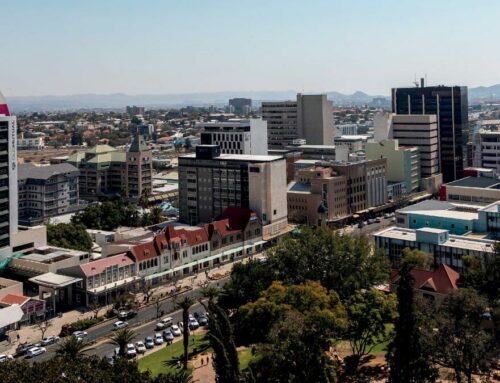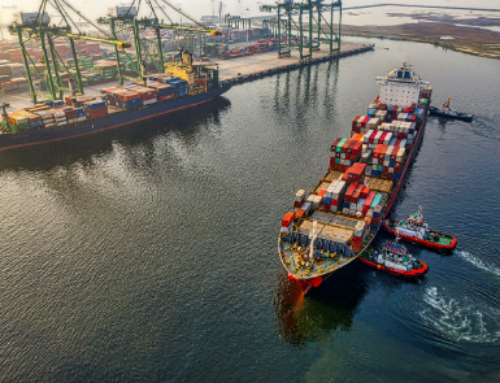Economic Pulse – May 2023
2023 was off to a flying start, with the first quarter of the year being a generally positive one for Namibia in terms of economic and financial developments.
On the economic front, preliminary National Accounts data from the Namibia Statistics Agency show that Namibia recorded real GDP growth of 4.6% in 2022, the quickest annal growth rate since 2014. Much of the growth recorded in 2022 was driven by mining, particularly by diamond production. Secondary industries recorded growth for the first time since 2019 on the back of increased manufacturing output, and tertiary industries posted moderate growth of 2.2%.
Forecasts are for the Namibian economy to grow at a slightly more subdued pace in 2023, with the Bank of Namibia projecting growth of 3.0% compared to the IMF’s 2.8% forecast. If either of these growth rates materialises, the Namibian economy should surpass its pre-pandemic size in real terms for the first time since.
In February, Finance Minister Iipumbu Shiimi tabled one of the more positive-sounding national budgets we have seen in the last decade. Revenue growth in 2022/23 exceeded expectations despite reduced SACU receipts, and projections for 2023/24 point to even more rapid growth in revenue. These increases are also being passed on to social and developmental objectives through raised expenditure ceilings. While budget deficits will remain going forward, they are projected to decrease slightly each year. Government is essentially projecting that revenue and economic growth will result in more sustainable debt and deficit metrics going forward.
Another positive announcement came from Shell, which made a barnstorming offshore light oil discovery at the Jonker-1X probe in Namibia’s prolific Orange basin. This recent discovery looks to be far bigger than its two earlier oil finds in probably the world’s top exploration play. TotalEnergies also encouragingly noted in February that it will be ploughing half of its 2023 exploration budget into an imminent exploration and appraisal drilling campaign in Namibia, with the goal of confirming the commercial potential of the multi-billion barrel oil reserve discovered by the Venus-1 wildcat well last year.
Although there have been several positive developments this year, the one drawback is the persistently high inflation rate, which has remained above 7.0% throughout the first quarter, despite 325 bps worth of rate hikes so far (as at end of March) by the Bank of Namibia. This means that the much-anticipated disinflationary cycle has yet to come into effect, setting the stage for a prolonged restrictive monetary policy stance.
Moving on to the Namibian listed equity space, we saw most of the local companies reporting robust earnings for the reporting periods ending December, driven by the steadily improving economic environment. The listed commercial banks (FNB Namibia, Capricorn Group and SBN Holdings) posted particularly strong financial results due to the interest rate increases that took place in 2022.
Letshego Holdings (Namibia), the financial services firm that offers micro lending loans to primarily government employees, similarly reported sturdy financial results. The company doubled their dividends for the financial year, thereby increasing their payout ration to 100% of the year’s total profit.
At the beginning of March, Heineken N.V. announced that the South African Competition Tribunal gave it the final regulatory approval to acquire control of Distell Group Holdings and Namibia Breweries (NamBrew). The roughly 18-month process was concluded in April, with all conditions precedent to the transactions finally fulfilled. However, NamBrew remains a listed company on the Namibian Stock Exchange in which the public can buy and sell shares.
By combining the export businesses of NamBrew, Heineken South Africa and Distell, the Heineken transaction will establish a platform that possesses significant scale and reach, resulting in a highly competitive entity. NamBrew will be Heineken’s exclusive partner for the production and distribution of a portfolio of alcoholic beverage brands in Namibia.
In other transaction news, Oryx Properties announced at the end of 2022 that it is in the process of acquiring the Dunes Mall in Walvis Bay for a consideration of N$648.8 million. The loan stock company obtained regulatory approval from the Namibian Competition Commission in Q1 but cautioned that the acquisition is subject to a capital raise which we expect to take place in Q2. Should it succeed, the transaction will materially grow the size of Oryx’s property portfolio anddiversify the concentration risk in Maerua Mall.
In the fixed income space, Namibian treasury bill yields seem to have ‘topped out’ following 15 consecutive months of yields steadily ticking up. Yields have dropped about half a percentage point on average during Q1 as market participants rushed to ‘lock in’ rates while they were still relatively high. Savers who have capital in money market funds will likely start seeing lower rates of return on their savings if we see this trend continuing over the next quarter or two.
Government bonds have performed admirably during Q1, as strong demand has resulted in market participants pushing up bond prices. Our view is that the sovereign bonds continue to trade at attractive yields given the improving longer-term fiscal outlook.
In conclusion, the first quarter of 2023 has brought about several positive economic and financial developments for Namibia, providing a strong foundation for an exciting and optimistic year ahead.
Article by Danie van Wyk, Head: Research at IJG, an established Namibian financial services market leader. IJG believes in tailoring their services to a client’s personal and business needs. For more information, visit www.ijg.net.








